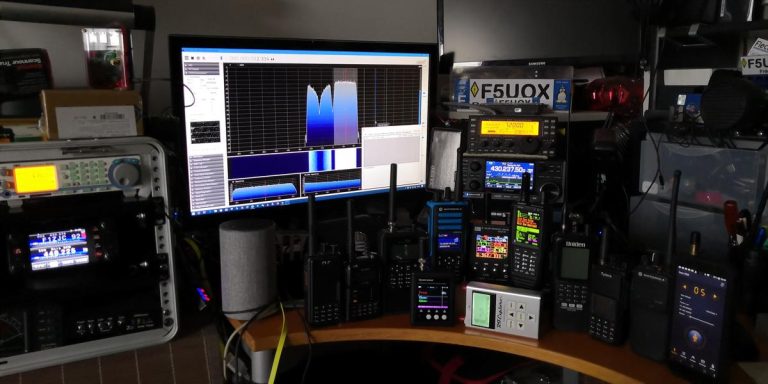In the realm of presentations and public speaking, staging holds the key to transforming ordinary spaces into captivating environments that engage and inspire audiences. Strategic staging techniques empower speakers to leverage the power of their surroundings, enhancing the impact of their message and leaving a lasting impression on attendees. Let’s explore how you can unleash the power of staging to elevate your presentations and captivate your audience.
Harnessing the Potential of Staging: A Strategic Approach
Staging is not merely about arranging furniture or setting up a podium; it’s about strategically designing the environment to support and enhance the speaker’s message. By harnessing the potential of staging, speakers can create immersive experiences that captivate the senses and command attention. Whether it’s a conference hall, a boardroom, or a theater stage, the layout, design, and ambiance of the space can significantly influence the audience’s perception and engagement.
Transforming Spaces: From Ordinary to Extraordinary
Effective staging involves transforming ordinary spaces into extraordinary environments that captivate the imagination. Whether through innovative use of lighting, strategic placement of props, or creative multimedia displays, speakers have the power to create dynamic and visually stunning presentations. By leveraging staging techniques, speakers can transform mundane settings into immersive experiences that resonate with attendees long after the presentation concludes.
Creating Visual Impact: Directing Attention
Strategic staging allows speakers to create visual impact and direct the audience’s attention towards key elements of the presentation. Whether it’s positioning the speaker at the center of the stage, utilizing props to illustrate key points, or incorporating multimedia displays to enhance visual interest, every aspect of the staging is carefully orchestrated to reinforce the speaker’s message. By creating visual focal points and guiding the audience’s gaze, speakers can ensure that their message is both seen and heard.
Engaging Audiences: Interactive Experiences
Interactive staging elements are powerful tools for engaging audiences and fostering participation. Whether through interactive props, audience polling, or live demonstrations, speakers can break down barriers and encourage active involvement from attendees. By inviting audience members to interact with the space or participate in hands-on activities, speakers can create memorable experiences that resonate on a deeper level and leave a lasting impression.
Setting the Mood: Using Lighting and Sound
Lighting and sound play a crucial role in setting the mood and atmosphere of a presentation. Strategic use of lighting can create dramatic effects, highlight key elements of the stage, and enhance visual interest. Similarly, sound design can evoke emotion, reinforce the speaker’s message, and create a dynamic ambiance. By integrating lighting and sound effectively, speakers can create a multi-sensory experience that captivates the audience’s attention and enhances the overall impact of the presentation.
Conclusion
In conclusion, staging is a powerful tool for transforming spaces and elevating presentations to new heights. By harnessing the potential of staging, speakers can create immersive experiences that captivate the senses, engage the audience, and leave a lasting impression. Whether through strategic design, interactive elements, or innovative use of lighting and sound, staging empowers speakers to unleash the full potential of their presentations and captivate audiences like never before.




















+ There are no comments
Add yours